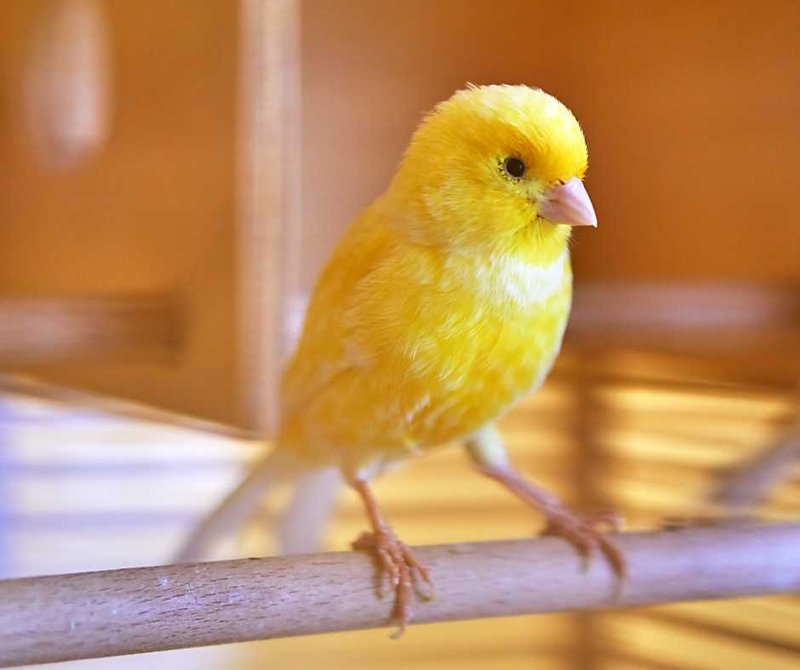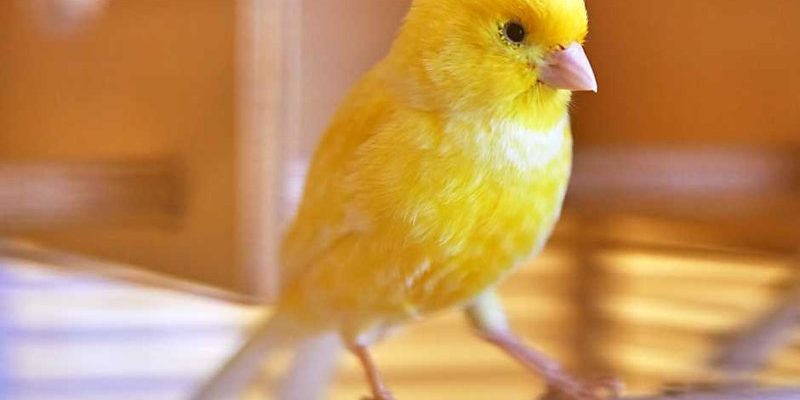
So, what’s the best way to go about this? You might think you need a fancy bird training manual or a specific brand of treat. The truth is, it often comes down to basic principles of reinforcement and communication. Stick around as we explore the steps you can take to train your canary effectively, with some helpful tips along the way.
Understanding Your Canary’s Behavior
Before you dive into training your canary, let’s take a moment to understand its natural behaviors. Just like how every person has their unique quirks, each bird has its own personality. Some canaries are adventurous and easily curious, while others may be a bit more timid. Knowing your bird’s behavior can help you tailor your training approach.
Canaries are social creatures by nature. In the wild, they thrive in flocks, so they might be more inclined to follow a familiar figure—like you! However, they also need time to adapt to their environment. If your canary seems anxious, try letting it explore its cage first. This way, you can build that essential trust before moving on to training.
You might wonder why it’s crucial to understand their behavior. Well, it allows you to choose the right time for training sessions. For example, if your canary is busy chirping away, it might not be the best moment to ask it to perch on your finger. Pay attention to those little signals it gives to ensure you’re both on the same page.
Creating a Safe Training Environment
Having a safe and comfortable space for training is key. Imagine trying to learn something new while surrounded by chaos; that’s how your canary might feel in an unfriendly environment. Start by choosing a quiet room where distractions are at a minimum.
Set up your canary’s cage nearby, ideally in a spot where it can see you but still feel secure. You can use a small perch outside its cage as a training platform. This allows your canary to feel at ease while you work on positive reinforcement.
You might also want to eliminate hazards. Make sure windows are closed, and other pets are kept away during training. Little things, like moving away sharp objects or covering mirrors, can make a huge difference. Remember, your canary’s safety is your top priority!
Using Positive Reinforcement
Now, let’s get to the fun part—training! If you’re thinking about how best to get started, here’s the scoop: positive reinforcement is the name of the game. This means rewarding your canary for good behavior, creating a pleasant learning experience.
Start by offering your canary a favorite treat when it perches on the training perch. It could be a small piece of fruit, a seed, or a special treat made for birds. Here’s the thing: consistency is crucial. Every time your canary comes to perch, give it a reward. Over time, it will begin to associate the action with a positive experience.
Don’t rush the process. Try to keep training sessions short—around 5 to 10 minutes—so your bird doesn’t lose interest. You might need to repeat these sessions several times a week. The goal is to make it feel like playtime rather than a chore!
Introducing Cues and Commands
As your canary starts to understand the concept of perching, it’s time to introduce some cues. This could be a simple word, like “up” or “come.” To teach this, say the cue just as your canary hops onto the perch. Remember to reward your bird immediately after saying the cue.
Think of cues as a bridge between you and your bird. They help communicate your expectations clearly. Over time, your canary will learn to respond to the verbal cue, making it easier for you both to engage in training.
Try mixing it up! You can use animated hand gestures alongside your verbal cue to make it even clearer. Birds can pick up visual cues quite well, so if you point toward the perch while saying “up,” it reinforces the message. Eventually, your canary will recognize the cue and respond appropriately.
Encouraging the Return to the Cage
Getting your canary back into its cage can sometimes be more challenging than getting it to perch! Here’s how to make the process smoother. First, create a sense of security around the cage. When it’s time for your canary to return, gently encourage it by holding out a treat.
You can use the same cue you established earlier. Whenever your canary hops back into the cage, reward it with the treat. This builds a positive association with returning home. It’s like saying, “Hey buddy, I’ve got a surprise for you!”
Also, consider establishing a specific time for your canary to return to the cage every day. Birds thrive on routine. By making it predictable, your canary will get used to the idea and be more inclined to come back on its own.
Common Training Challenges
Training isn’t always a walk in the park. You might hit a few bumps along the way. One common issue is a canary that refuses to perch or return to its cage. If this happens, don’t be discouraged! Here are a few things to consider.
First, reassess your training sessions. Are they too long? Is your canary responding well to treats? Adjust as needed! Additionally, if your bird seems anxious or stressed, it might be wise to take a break. Remember, patience is crucial in this process.
Another challenge can be distractions. If there are loud noises, other pets, or too many people around, your canary might get flustered. Focus on keeping the training environment calm. A zen space leads to a more relaxed bird, which can significantly enhance the learning experience.
Training your canary to perch or return to its cage is a journey. It’s about much more than just teaching tricks; it’s about building trust and companionship with your feathered friend. By understanding its behavior, creating a safe environment, and using positive reinforcement, you lay the groundwork for a rewarding experience.
So, the next time your canary has a little adventure outside its cage, remember that it’s all part of the learning process. Enjoy the little moments of triumph, and don’t hesitate to celebrate both your successes and the lessons learned along the way. Happy training!

